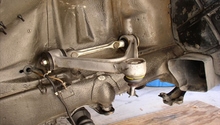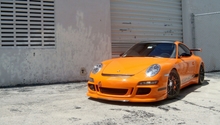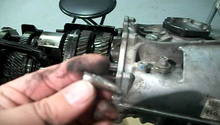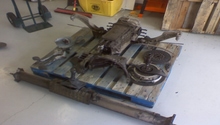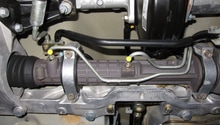Porsche 928: Why is There a Grinding Noise When Turning?
If you hear a wheel noise coming from your Porsche 928, diagnose the noise using these very straightforward DIY tips. Continue reading as this article will help you pinpoint the problem in order to resolve it.
This article applies to the Porsche 928 (1978-1995).
Just as you turn into your favorite auto parts store, you hear a grinding noise emanating from the passenger's side front tire/brake rotor of your Porsche 928. You're not sure what the likely culprit could be. Don't worry! This article will help you to take the guess work out of this simple (and common) problem. Beginning with the simplest diagnostics and moving into the more complex, this article will help you to determine the likely reason you hear the grinding noise from your Porsche 928.

Materials Needed
- Jack
- Power steering fluid
- Brake caliper grease
- Wheel bearings
Step 1 – Check your power steering pump fluid
It might be low.
Low power steering fluid could be the culprit here. To avoid this problem in the future, have your power steering fluid checked every time you visit a local garage for new engine oil.
To add power steering pump fluid:
- Top off the power steering fluid.
- Make sure there are no leaks.
- If you notice a leak, repair it immediately.
- Check the bearing in the pump. Bad or worn bearings could also cause the noise.
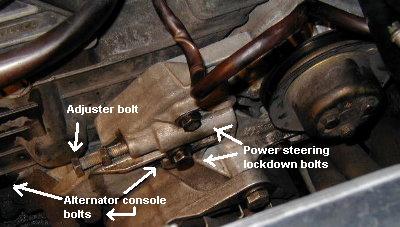
Step 2 – Check your steering knuckles for alignment
They might be bent.
Don't despair if you didn't catch this problem until now. Due to their size and design, it's very difficult to spot a bent steering knuckle—unless you are trained to do so. Unfortunately, you cannot repair a bent steering knuckle. You must have it replaced. Visit a local garage where they can use an alignment angle diagnostic chart to determine if the steering knuckle is in fact bent and/or damaged. If your steering knuckles needs to be replaced, it is best to have a professional do it because they will have the necessary specialty tools.

Step 3 – Grease your calipers
They might require lubrication.
Lightly lubricate all touching points on the moving parts of the caliper to increase ease of motion.
- Brake calipers shelter your vehicle's brake pads, and fit snugly over the rotor like a clamp.
- Friction can cause noise, loss of braking power, and other complaints.
- Don't use too much grease because it will attract dust and dirt.
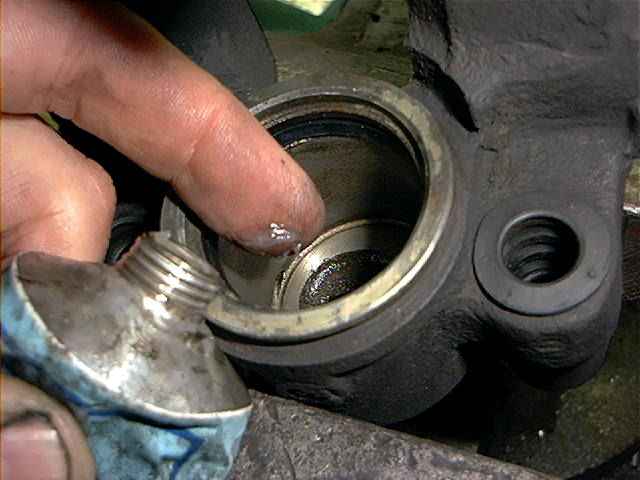
Pro Tip
Brake caliper grease is available at your local auto parts store for around $15.
Step 4 – Check your wheel bearings
One or more might be loose.
You'll need to jack up your vehicle to do this.
- Inspect each wheel bearing.
- A loose bearing should be re-adjusted; however, a malfunctioning bearing must be replaced.
- Wheel bearings can range between $20 to $205 for the part only.

(Related Article: How to Replace Your Wheel Hub Bearing - Rennlist.com)
Related Discussions
- 928 Grinding Noise While Turning - Rennlist.com
- Grinding Sound New Wheel Bearing - Rennlist.com
- Weird Noise While Turning - Rennlist.com

